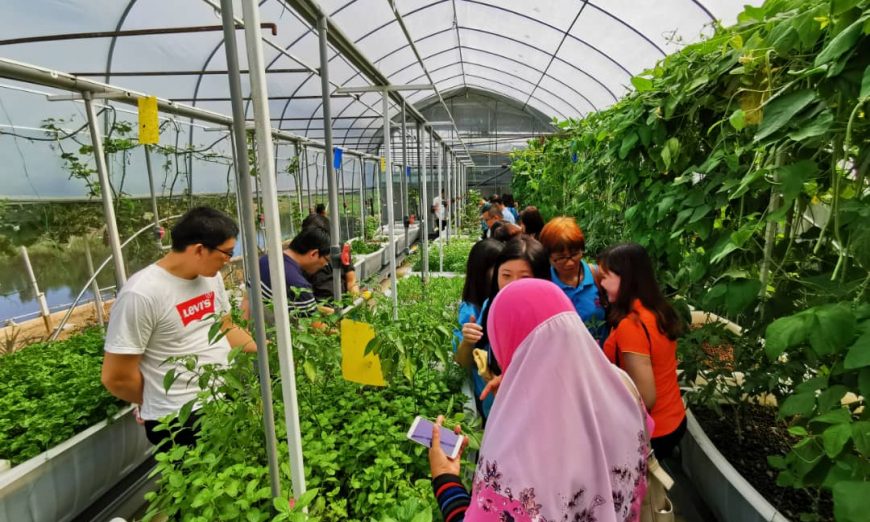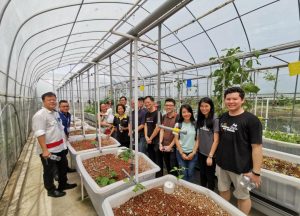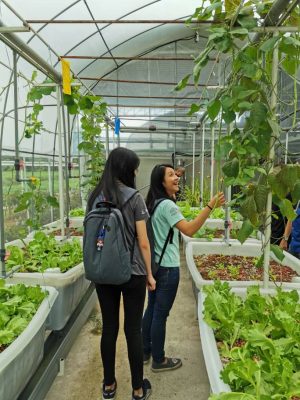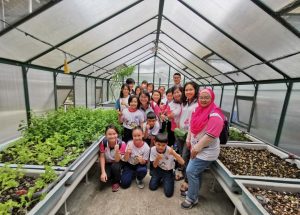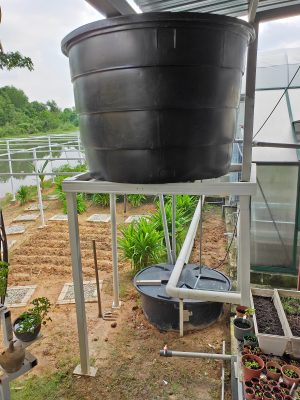THE pyramid-shaped roof of Easy Pack headquarters is the first thing that will catch your eye if you visit the factory at the Penang Science Park in Bukit Minyak, Seberang Perai.
Established in 1991 from a small corner of a shophouse in Butterworth, Easy Pack has now become one of the leading manufacturers and suppliers of automatic food packaging machinery. It has grown to a group of companies, moving to Bukit Minyak Industrial Park in 2007 and then expanding in 2011 to its present main office in Penang Science Park.
Unlike what many may think that machines are usually imported into Malaysia, the locally run Easy Pack may surprise you that it exports its machines to over 40 countries, like to South Africa, Middle East, Europe and Taiwan.
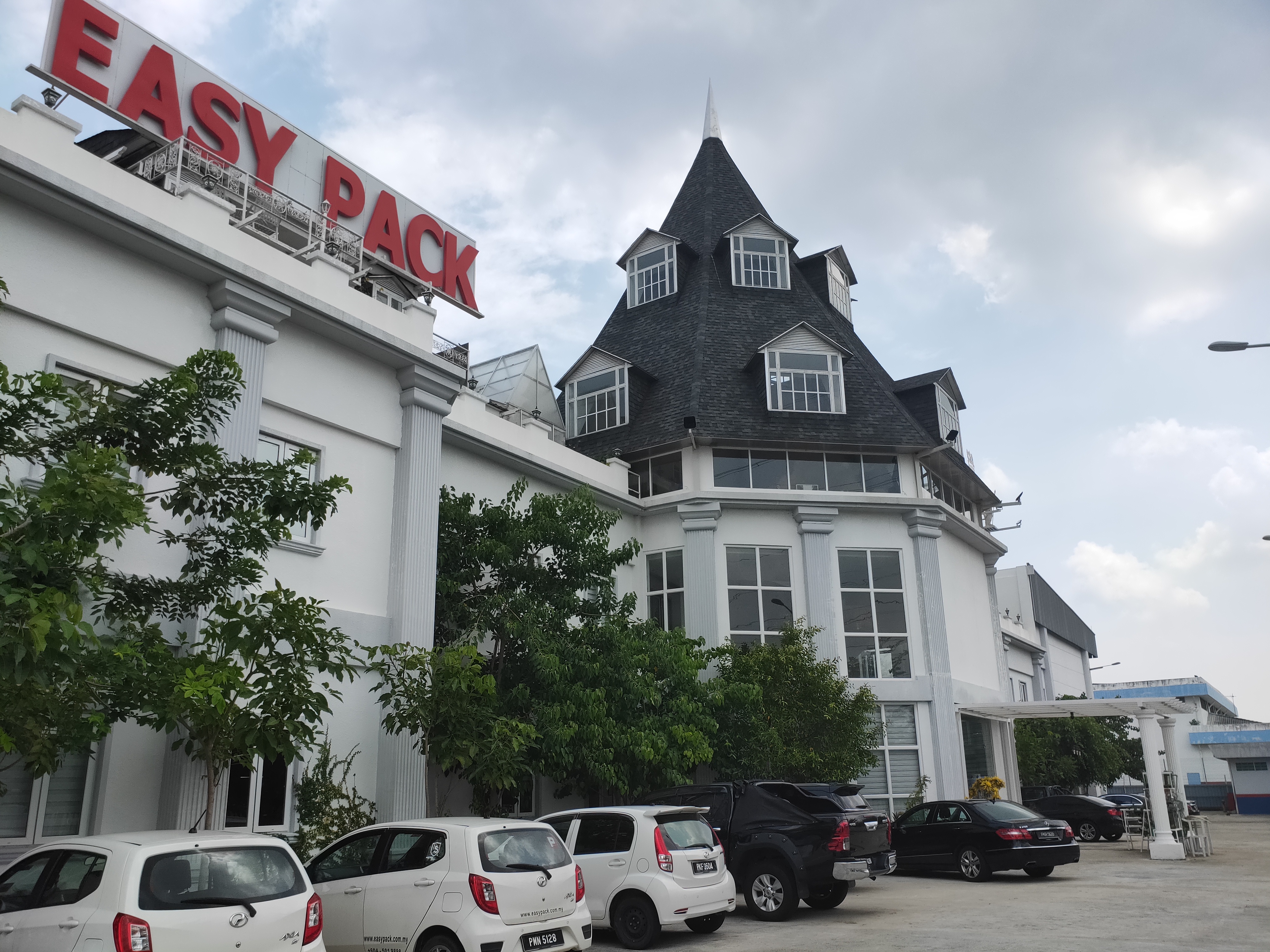
Easy Pack not just sells machines and kiosks but also provides technical advice, innovative ideas, designs and production floor layouts, and how to cut down on processing cost with the use of technology solutions.
But four years ago, Easy Pack director Goh Toh Sin and managing director Yeoh Chee Min made a momentous decision to set up Aquaponics Science Park Sdn Bhd.
It was for research and development in aquaponics, the combination of aquaculture (raising fish) and hydroponics (the soil-less growing of plants) that grows fish and plants together in one integrated system.
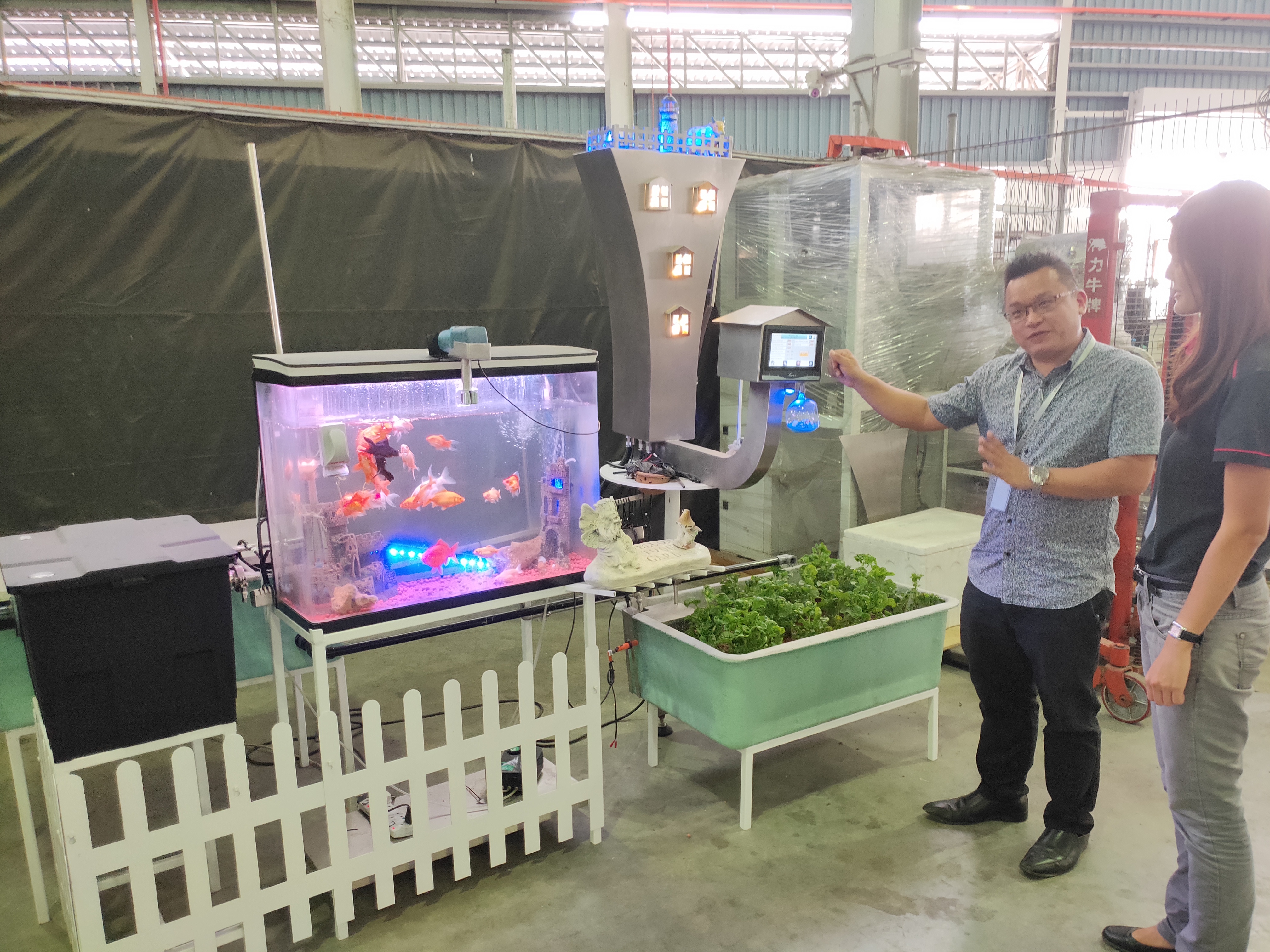
“We have been dealing in automation in our business and we asked ourselves how we could contribute back to society. We decided to be involved in the agriculture segment by integrating technology innovation. We want to create a healthy lifestyle where people have a chance to grow their own produce and rear their own fish,” explained Goh.
“Only this year, after four years of R&D, we are proud to expose the system to the public. We gather all the data and we know the natural way to eliminate insect pests instead of using chemicals.
“With this kind of evolution in agriculture, we are going to the schools. We believe that society will grow healthier if we start to nurture schoolchildren on health awareness.
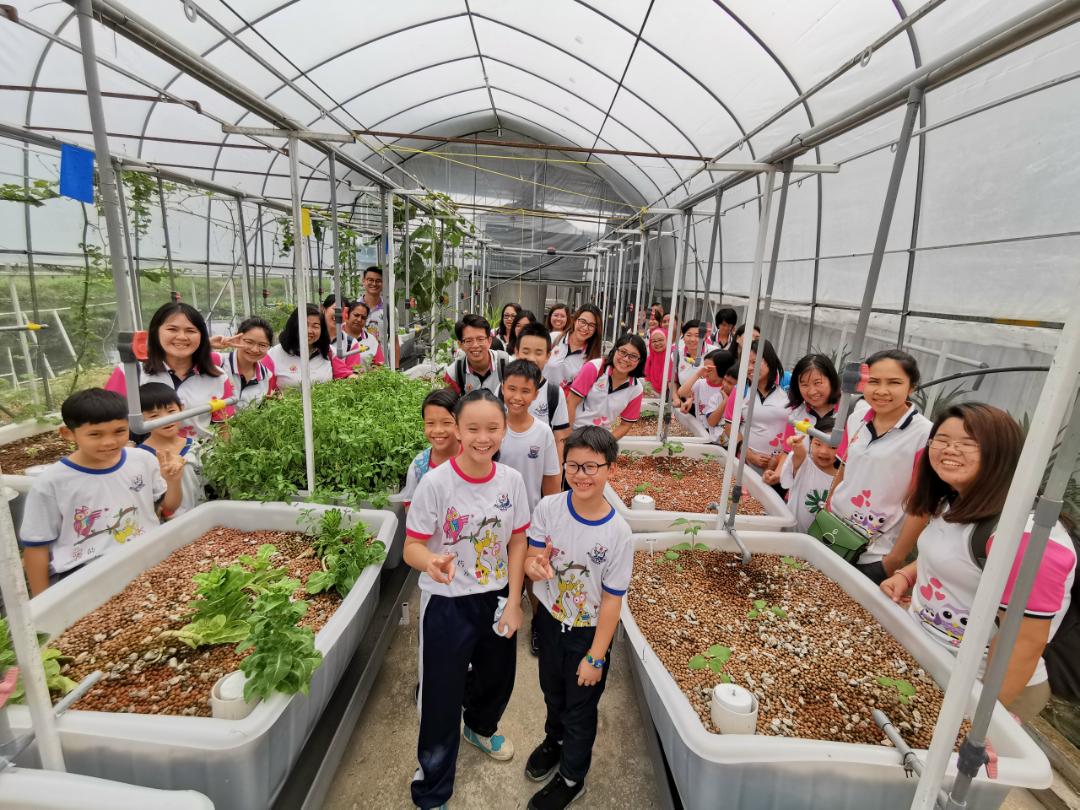
“From the whole process, the students will definitely know about health awareness because we don’t use any chemicals or pesticides. We want to encourage school children to participate and to eat healthy food.
“This is also in line with our current state government’s Penang2030 vision as propagated by Chief Minister Chow Kon Yeow for food security and future sustainable agriculture development.”
According to the aquaponics cycling principle, Goh said the fish faeces and waste, which produce ammonia, would flow to a nitrifying bacteria culture tank. There, the Nitrosomonas (a kind of bacteria) converts the ammonia to nitrite before the Nitrobacter (another kind of bacteria) converts nitrite to nitrate.
The nitrate then flows to the plants which will absorb it as nutrients through its roots while purifying the water. The purified water returns to the fish tank to complete the cycle.
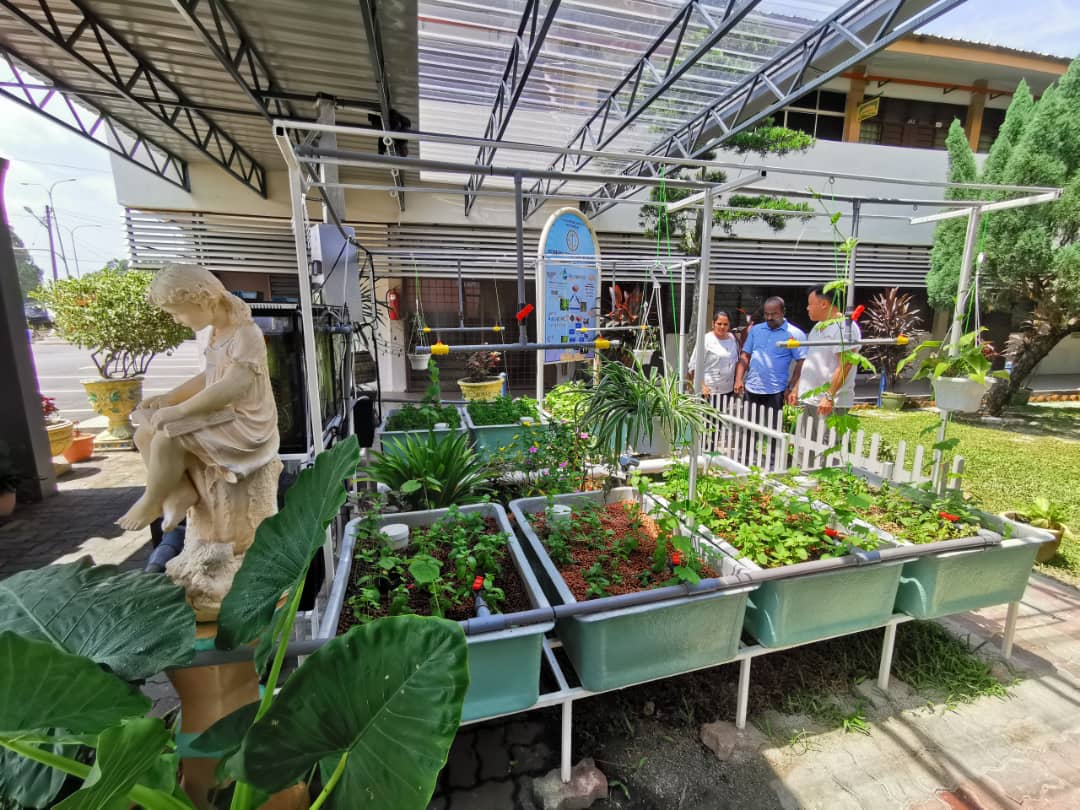
“Through this circulation, we don’t waste water and we conserve the environment. We get healthy fish and healthy vegetables. We don’t need to worry about changing the water. We need to add just 5% of the water due to evaporation.
“Under the traditional system of rearing fish, we need to change water weekly or else the fish will die due to ammonia toxicity. When we discard the water to the drain, we are polluting the environment.
But with the aquaponics system, the water will circulate within the system,” added Goh.
Helping to run the Aquaponics Science Park, which occupies about 557sq metres (6,000sq ft) of land behind the Easy Pack HQ, is horticulturist Chung Wen Qian.
Among the fishes reared in the tanks or aquariums are red tilapia, goldfish and Japanese carp while vegetables grown in the green-houses include lettuce, basil, peppermint, spearmint, chillies, tomatoes, bitter gourd, cucumber and rockmelon.
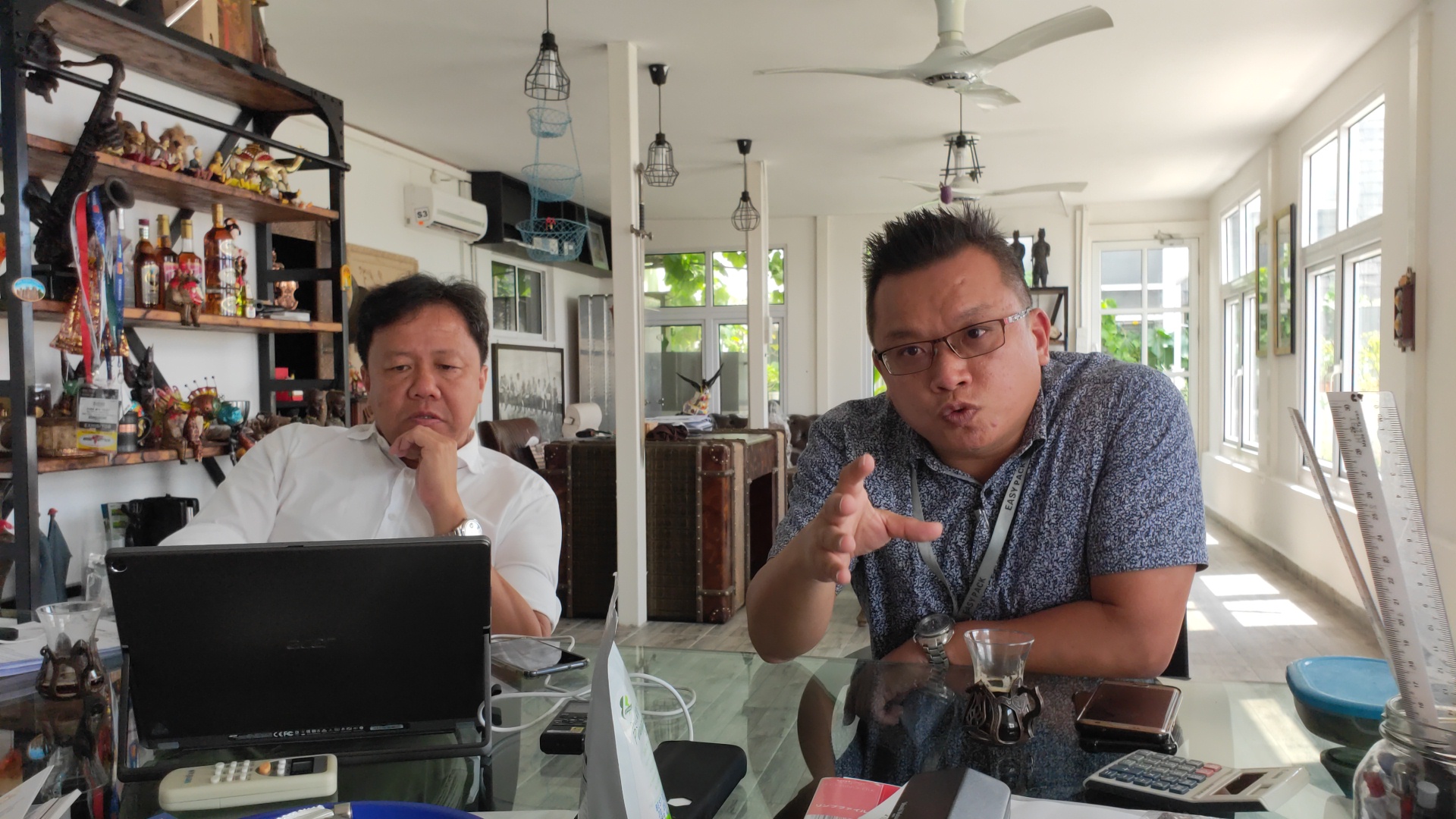
When asked about promoting aquaponics to farmers elsewhere, Yeoh said it would be difficult because they care more about profits.
“You cannot compare the cost of the traditional system and this aquaponics. For industry people, they need to survive. In order to survive, they need to produce something cheap and good. For something cheap and good, they need to use pesticides. They have been doing that for over 50 years.
“We need to start with education, and we need to start with the schools. To change, we need to educate them, like no using of pesticides. A lot of sicknesses come from food intake because sometimes the food we take contains chemicals.”
So far, Yeoh said they have started with two schools – SRJK (C) Keng Koon in Bukit Tambun and SRJK (C) Keow Kuang in Alma through the sponsorship of ITP Foods and Torto Food Industries respectively.
For a start, an area of 4.57m x 4.57m (15ft x 15ft) is good enough to set up the facility. Schools normally have a budget problem but Yeoh said corporate companies interested to carry out their corporate social responsibility (CSR) projects could assist. They can either call 012-490 5125 (Mr Goh) or send email to [email protected].
Although Penang is strong in semiconductors and not a leading agriculture state, Yeoh believes that Penang can be a leading state in automation agriculture.
Story by Christopher Tan and K.H. Ong
Pix by Christopher Tan

